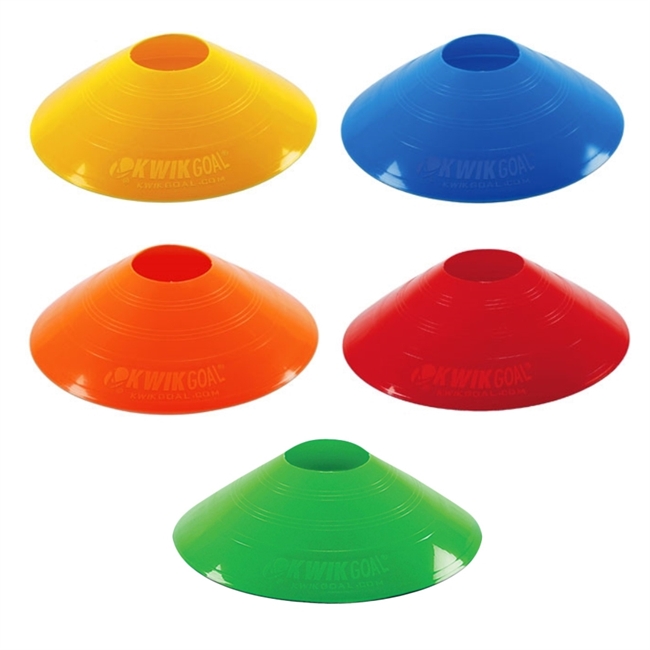

3.5″ – The standard size for hard disks. 5.25″ – Gotten a lot less popular with the “everything small” mobile technology. When it comes to internal drives, there are 3 standard sizes. That’s all for this guide, and here is a small section on some extras and links that may be useful to you. It is extremely fast, but of course, the data will perish once we shut down or restart the computer. 
A virtual drive is a “volatile hard disk” that we create out of temporary memory.
Temporary storage – Blazing fast read/write speeds, but the data is gone when we power off the computer.Īs you may have already guessed, all the storage devices so far are permanent storage. Permanent storage – Slower read/write speeds, but the data will still be there when we power off the computer. In the world of computing, there is something called “permanent storage” and “temporary storage”. Although slow, tape drives can store a lot of data, which makes them perfect for server backups. Tape drives use magnetic tapes to store data. These convenient little gadgets are otherwise known as pen drives or thumb drives.ġ2) TAPE DRIVES A Tape Drive. A typical M.2 drive is about the size of a stick of gum.įinally, these are drives that don’t quite fit into any of the above categories. Yep, the race for even smaller and thinner devices goes on. The M.2 SSD is still a solid-state drive, just smaller in footprint. This has proven to be a popular design for mobile devices, as it is much lighter (without the mechanical parts), totally shockproof, and the read/write speed is also a lot faster than the traditional hard disks. Traditional hard disks work by spinning data platters, but SSDs are straight-up “one solid piece of circuit board”. The solid-state drive is also a hard drive, but it is a different technology. This is why we call it a mechanical hard disk, as it involves the movement of several parts.Įven though the connectors and technologies of the hard disks have changed over the years, the standard sizes of 3.5″ and 2.5″ remained the same We can even buy “hard disk enclosures” and turn the hard disks into external drives these days. Hard disks basically work by storing data in spinning magnetic platters and using read/write heads to access it. Hard disk drives are what we usually have in the computer for permanent data storage, and they are the longest surviving devices in the history of computer storage. Took over by CDR and SuperDisk drives ceased production in 2003. #Little disc with picture zip#
Source: WikipediaĪ contender to the Zip Drive, but sadly not very popular. The Zip Drive became pretty popular but was soon taken over by writable compact discs (CDR).Ĥ) SUPERDISK DRIVE The SuperDisk Drive. Source: Wikipediaįollowing up with a hunger for more storage space, Iomega came up with the Zip Drive in 1994, replacing the Bernoulli Drive. It is the “god-level” storage device in cyber ancient times, with each Bernoulli disk holding up to 10 times or more than a standard floppy disk.ģ) ZIP DRIVE The Zip Drive. Popular in the 1980s, the Bernoulli Drive (otherwise also known as the Bernoulli Box) is invented by Iomega.

But of course, these are relics of the past now and kept by some collectors as a part of a museum display.Ģ) BERNOULLI DRIVE The Bernoulli Box. It comes in 3 different standard sizes – The 8″ floppy drive, the 5.25″ floppy drive, and the 3.25″ floppy drive. Popular in the 1980s and early 1990s, floppy drives were pretty much the industry standard. For you guys who have never seen a floppy disk before, it is basically a piece of “magnetic paper” wrapped in plastic.ġ) FLOPPY DRIVES The ancient relics – Floppy drives. In the dark ages of computing, floppy drives used to be the mainstream external storage device.







 0 kommentar(er)
0 kommentar(er)
